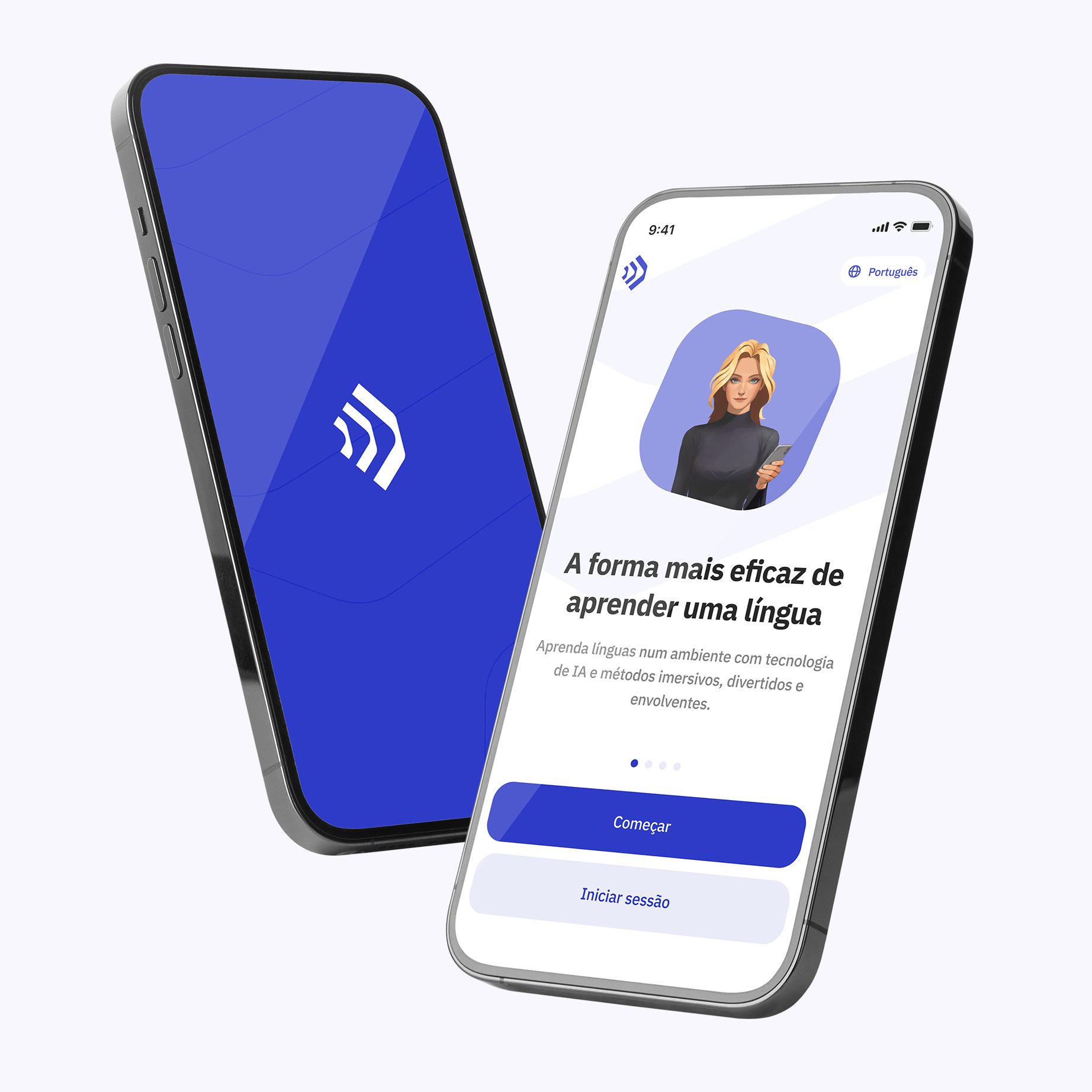Os exercícios a seguir são projetados para ajudar os estudantes a entender melhor como usar os possessivos de maneira apropriada em diferentes contextos. Preenchendo as lacunas, os alunos poderão verificar seu entendimento e reforçar o aprendizado sobre quando e como aplicar essa estrutura gramatical. Vamos começar!
Exercício 1: Preencha as lacunas com os possessivos corretos.
This is *John’s* (name) book; he left it on the table.
Is this car yours or *Mike’s* (name)?
That is the cat’s favorite toy, but where is *its* (neutral) owner?
I met Anita at *her* (female) house yesterday.
They have not finished *their* (plural) homework yet.
Most children love to play with *their* (children) toys.
This is not my pen; it must be *Sarah’s* (name) or Brian’s.
*His* (male) performance in the game was quite impressive.
We need to return these books to *the library’s* (place) shelf.
The dog wagged *its* (neutral) tail eagerly.
Did you know that *Anna’s* (name) brother is an artist?
My parents sold *their* (parents) old car last week.
Everyone brought *his or her* (each) laptop to the meeting.
The children are learning to tie *their* (plural) own shoelaces.
Kevin watched as the bird flew back to *its* (neutral) nest.
Exercício 2: Use os pronomes possessivos corretos para completar as frases.
Mary and John are going on vacation, but *their* (Mary and John) parents are not happy about it.
That smartphone is not mine; I think it’s *his* (male).
James forgot to bring *his* (James) umbrella, and now it’s raining.
Can you tell Jenny that *her* (Jenny) coffee is getting cold?
Take off your shoes and make yourself at *home* (relaxed).
The kids need to clean *their* (kids) room before they can go out to play.
This is not our classroom; *ours* (ours) is on the second floor.
Your results are good, but you need to compare them with *his* (male) to see the difference.
Julia used *her* (Julia) mother’s recipe to bake the cake.
After the journey, the travelers returned to *their* (travelers) homeland.
I have a notebook, but I can’t find *mine* (mine).
The teacher always takes good care of *her* (teacher) students.
My sister and I share a room, so that computer is both *hers and mine* (sister and me).
The cat finished *its* (cat) dinner and now it’s napping.
Is this wallet *yours* (yours) or theirs?










